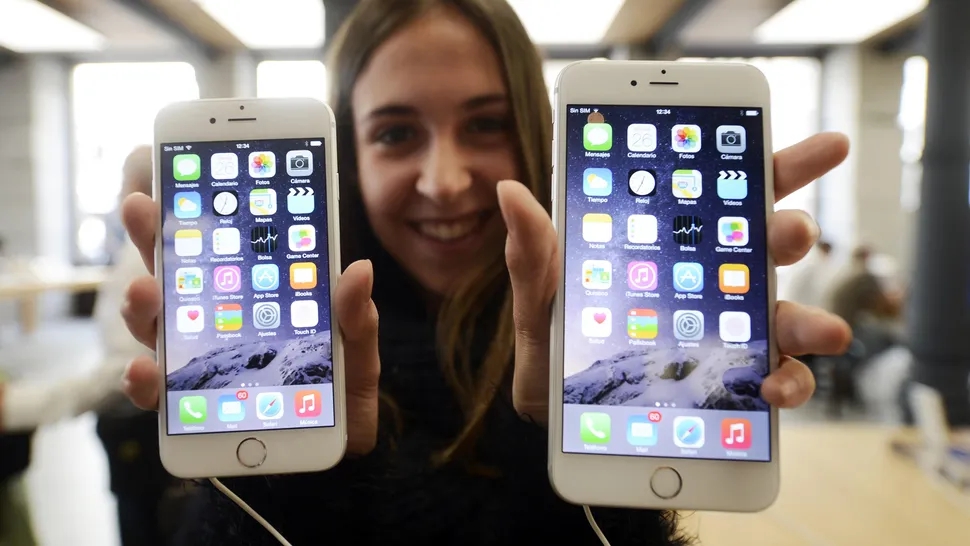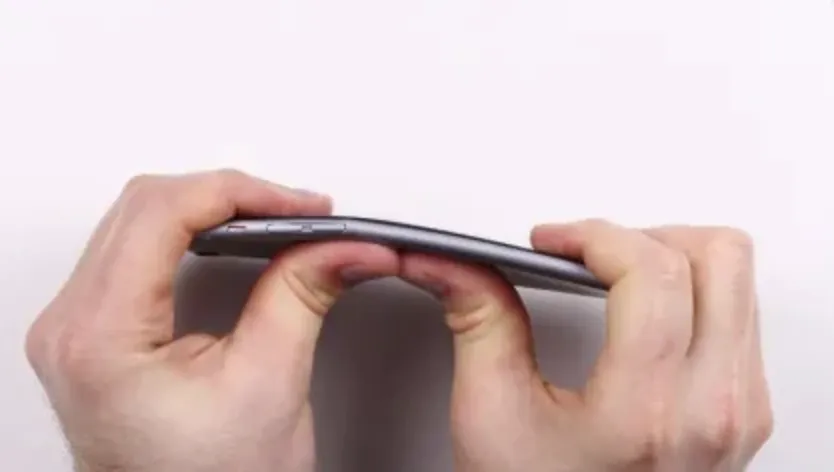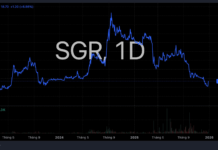The Revolutionary iPhone
Apple’s iPhone has always been a shape-shifter, going from waterdrop curves to sharp square edges, back to seamless curved bodies, and then returning to squared-off edges with polished corners in recent years.
But in 2014, Apple made a turn it had never tried before: supersizing the screen, and in doing so, enchanting users with the colossal iPhone 6 Plus.
However, Apple has recently added the iPhone 6 Plus to its list of obsolete devices, meaning your iconic large-screen phone will no longer receive any iOS updates nor be eligible for repairs.
With Apple discontinuing this device, it’s time to look back and give praise to the iPhone considered the most revolutionary to date.

At 5.5 inches, the iPhone 6 Plus towered over the basic iPhone 6 at 4.7 inches. This phone was so large it needed its own category, ushering in the era of the so-called “phablet.”
It was so big that Apple had to create a new control mode called “Reachability” (which still exists today), where you double-tap the home button and the top half of the screen slides down within thumb’s reach.
When people first laid eyes on the iPhone 6 Plus, many were shocked and even a little put off. This may sound a bit silly compared to today’s phones, with the iPhone 15 Plus at 6.7 inches and the Samsung Galaxy S24 Ultra at 6.8 inches, but back then, such a massive transformation was a big deal.
Holding and using the largest iPhone screen to date, weighing in at 170g and a mere 7.1mm thick, was a mesmerizing experience.
Back then, many of us were used to comfortably carrying a typical 4.8-inch phone like the iPhone 5 in our back pockets. The big question was whether this significantly larger iPhone 6 Plus would offer a similar experience.
The short answer is yes. The vast majority of iPhone 6 Plus users (and iPhone 6 owners) have used their devices for years without issue.
The “Bendable” Phone
However, a small number of users had a different experience.
The “Bendgate” scandal was sparked by a YouTuber named Unbox Therapy, who demonstrated that the iPhone 6 Plus could be easily bent by hand with strong force.

Soon after, others were also twisting and bending their iPhone 6 and 6 Plus devices until they snapped in half.
Apple still claimed at the time that the iPhone 6’s frame was the strongest to date. But it was found that the iPhone 6s Plus, released the following year, was 0.2mm thicker than its predecessor. That certainly wasn’t a coincidence.
Putting aside these minor flaws, there were some fantastic improvements on the iPhone 6 Plus. Everything from the repositioning of the power button from the top of the phone to the more accessible side, to the myriad of changes in iOS 8’s interface (landscape mode, notification responses on the lock screen) and slow-motion mode.
The iPhone 6 Plus also showcased Apple’s tendency to add quality qualifiers to feature names, such as “Retina display” becoming “Retina HD display,” with a slightly higher resolution.
It was a little amusing, though, that Apple still referred to its rear camera as the “iSight camera,” a forced name that gradually disappeared on subsequent iPhones.
What mattered about the iPhone 6 Plus was that it solidified user interest in and the trend toward larger-screen phones.
The most popular iPhones today typically measure at least 6.7 inches, and we’re hearing rumors that the iPhone 16 Pro Max could reach 6.9 inches. Yes, a nearly 7-inch iPhone, increasingly resembling a tablet.
Today, the iPhone 6 Plus remains resilient, surviving the bending saga and enchanting a generation of smartphone owners to set the stage for ever-larger iPhone screens.




































